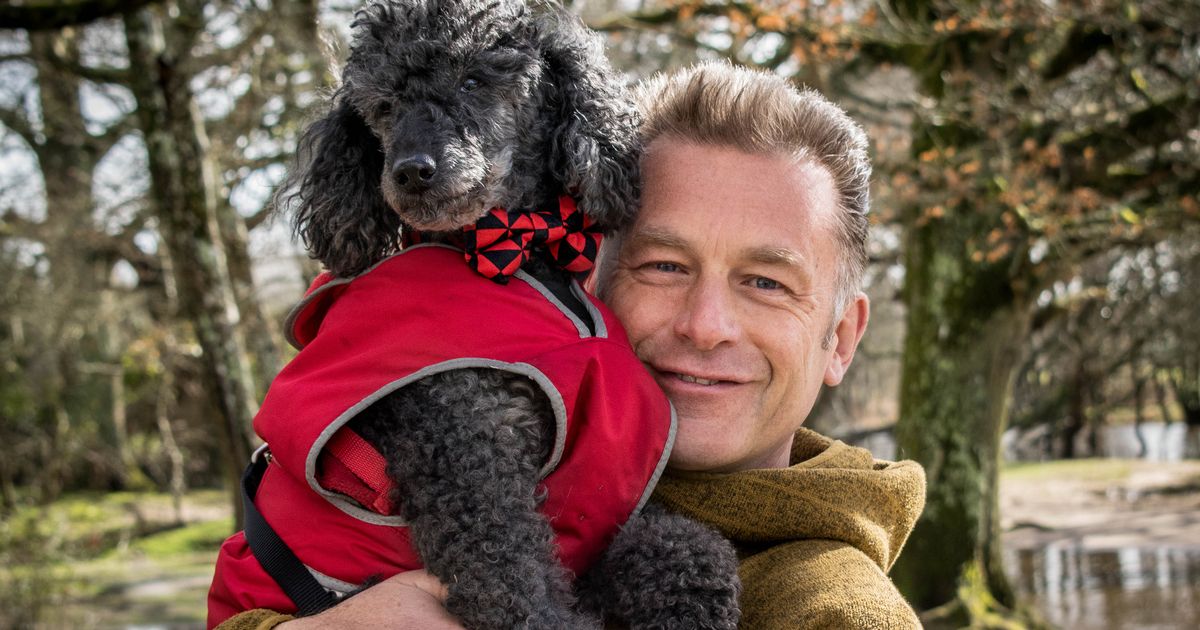When the UK was locked down in the spring, Chris Packham had to do something.
So he and stepdaughter Megan McCubbin launched a daily broadcast, The Self-Isolating Bird Club, from their home in the New Forest where they were locked down together, sharing their knowledge and appreciation of the natural world.
Their show became a hit, attracting thousands of viewers from the UK and beyond, and only paused when the pair filmed Springwatch in late May.
Suddenly, the nation realised just how vital nature is to our physical and mental wellbeing.
Inspired, Chris and Megan have written a book, Back to Nature, and here the 59-year-old naturalist shares a moving extract about the pivotal role nature has played in his life…
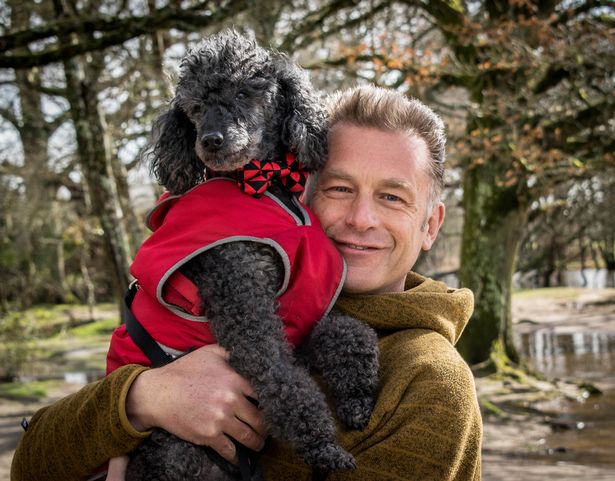
When I was a child and a troubled teenager and twenty-something, I thought that I was spending most of my time “with my head in a bush”, as my mother chose to phrase it, because it was there that I would find those things which fascinated me most.
I remember climbing onto a low wall by my parents’ gate when I was four and repeatedly reaching into their neighbours’ bush to retrieve a multitude of ladybirds, which, with the benefit of hindsight cruelly and inappropriately, I incarcerated in empty matchboxes.
I was fascinated by their variety and entranced by their simple beauty. I admired their symmetry, laughed as their little feet tickled my palms, winced when I licked their yellowy bile that blobbed on to my nails.
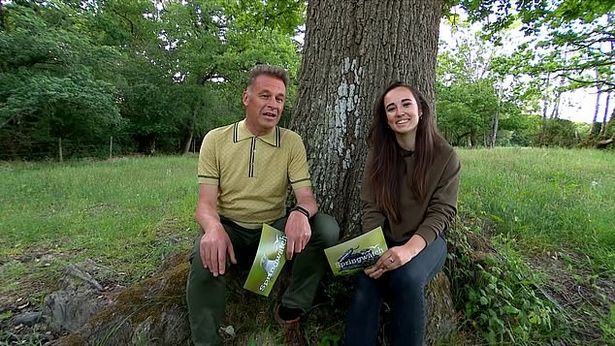
Best of all, I loved them when they wound their way up my fingers, twirled around, twisted and twitched before peeling back their shiny red wing cases, unfolding their sparkling wings and wafting up into the sky until they vanished.
I loved ladybirds, I was obsessed with ladybirds, I was addicted to ladybirds.
Every morning, as soon as I had gobbled up my breakfast, I ran to clamber on to that wall.
Next came caterpillars: thin ones, fat ones, spiky ones, hairy ones, all trundling over my hands, curling, uncurling, stopping to wave their beaded heads, pooing pellets into my palms.
Palms that were soon full of tadpoles, cupping minnows and sticklebacks, getting stung by wasps, scratched by beetles and bitten by water boatmen when I squeezed my hands too tight.

And as much as I craved the feel of nature, and always wanted to touch it, I also listened to it: the house sparrows chattering on the gutter, the blackbird on the TV aerial, the sounds of those caterpillars munching leaves, the scraping of a violet ground beetle as it spun upside down on the cement path, the clattering of swifts coming to roost in the loft above my bedroom.
I was inextricably drawn to nature; as soon as I could waddle its magnetic attraction pulled me into its myriad beauty, where I spun, entranced and ever hungry for more, more, more.
I was born a biophile; the love of life was in my blood or, more accurately, in my genes.
But with the benefit of hindsight, I used nature to alleviate my anxieties and to be calm away from the conflicts that cramped my life.
I felt better in the quiet, more comfortable alone with no need to compare myself or my behaviour with that of my peers.
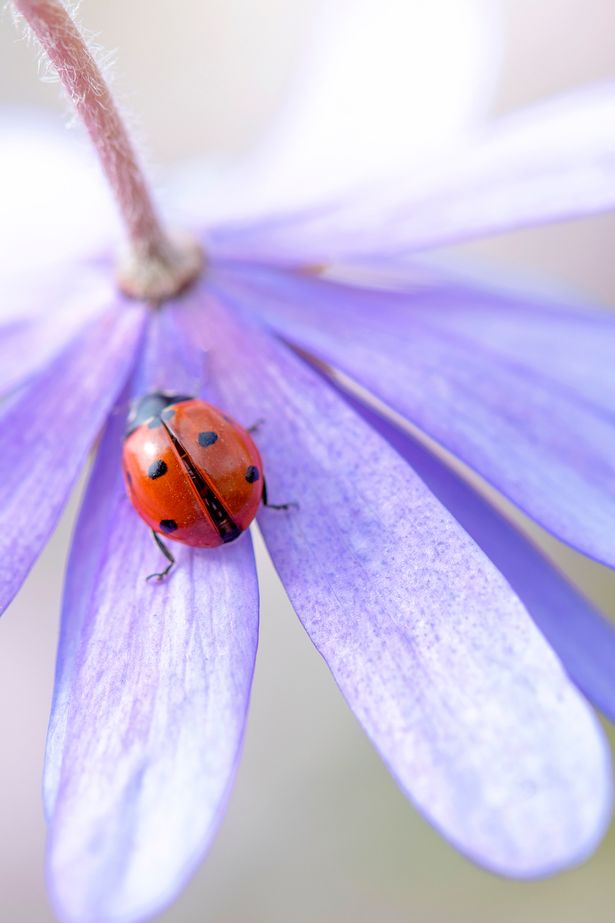
I liked the sensory experiences, which were so much greater than those “indoors”, but most of all I just felt more in tune with the world, with my own time and space.
It’s no exaggeration to say that although I had no understanding of my mental health issues – I was just dogged by them – the treatment my access to nature unwittingly offered saved my life.
I spent a lot of time crying in dark woods and rainy fields, but nature and wildlife soaked up those tears and sometimes even put a smile on my face.
I think my handicap in understanding and accepting that I was actually self-medicating was my unremitting refusal to acknowledge anything metaphysical in myself or my world.
If it wasn’t tangible, however tiny or remote, if it couldn’t be described and quantified, then to me it didn’t exist.
Later as an adult (maybe in my forties; it took a long time for me to get there) I could no longer refute the existence of my feelings and how they were positively influenced by just being out in the woods, principally with my dogs, Itchy and Scratchy.
So when the coronavirus lockdown was imposed on the evening of March 23, our gardens and local green spaces became a refuge.
Many were “living” in their gardens, that safe space that had allowed them to reconnect with the wild.
Indoors, the news was all bad – a bad thing doing bad things to people, or bad people doing bad things because they couldn’t cope with the first bad thing.
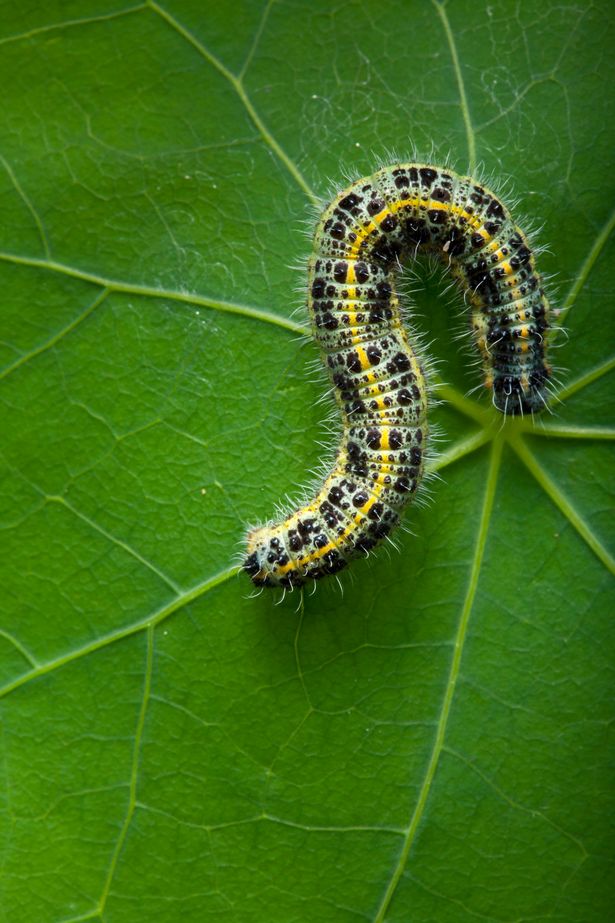
TV hurt – it was relentless, a misery factory, a vector for confusion and anger – so people sought escapism.
Netflix boomed, but there’s a limit to how far pixels can be a prescription for extreme anxiety, so as the things to do within the four walls of our houses rapidly exhausted themselves and the days became longer, warmer and increasingly full of a spring exploding into life, we went outside and, if we had one, into our gardens.
For the first time people noticed a male wren was building one of its nests inside a shed, a gang of wasps girdling wood from the shed door or the characteristic sticky black poo of a hedgehog – yes a hedgehog – that had snuck through the compost heap and crossed the lawn in the dead of night.
These encounters, however subtle or perhaps familiar to some, served as a poignant reminder that while our lives had been put on hold, the natural world was still springing and the Earth was still spinning.
But in the past few years I’ve sensed a chronic acceptance of our beautiful nature vanishing.
It manifests itself in so many conversations we have where we share those shocking statistics of each decline or destruction among ourselves, like a vicious game of Top Trumps, seemingly to the extent that those horrific numbers have utterly lost their meaning.
What we seem to have forgotten is that they are a death toll.
That those figures are a numerical transcript of the dwindling voices of vanished millions, that they sound a tragic echo of a recent time of far more plentiful life.
I think it’s time to all give ourselves a hard slap. We must wake up from our complacent stupor, because as every one of us knows, we are presiding over a very real ecological apocalypse and conducting a mass extermination in our own backyard, literally my backyard and yours.
Our gardens, our communities, our countryside; the places we love most of all.
But critically, it is not too late; there is hope and a lot more besides.
In 2018, I conducted a UK bioblitz and with the help of 785 recorders and thirteen recording centres our team clocked up a notable 4,828 different species in 10 days.
Loads of exciting plants, animals and fungi, but perhaps even more impressively and importantly lots of passionate, energetic, skilful, imaginative and creative conservationists.
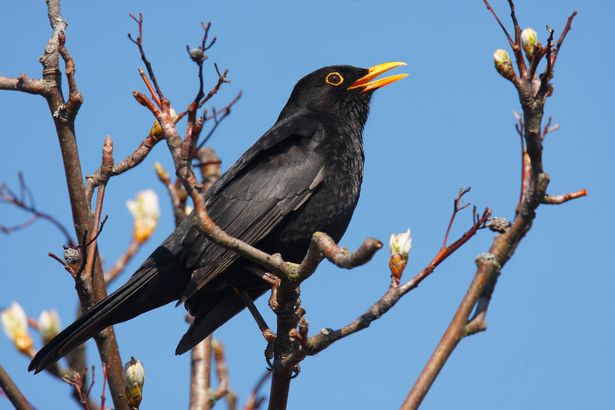
Some were in gardens, some in community wildlife areas, others on wildlife-friendly farms or big flashy nature reserves; all making a difference in their own important and impressive ways.
Those people were you, or people like you. And now in the wake of the coronavirus lockdown more of us have connected with, and found a love for and a value in nature.
In even the humblest, everyday creatures that have lifted our spirits in the darkest days of a terrible crisis.
And when it comes to protecting them, we have plenty of tools in the conservation box; we can rebuild, restore, reinstate or reintroduce.
We can march, lobby, sign petitions, we can demonstrate.
We can take action. We can make a difference.
You – please, you – need to make that difference.
Our wildlife needs us, and it needs you more than ever.
- Extracted by Rhian Lubin from Back to Nature by Chris Packham and Megan McCubbin. Published on November 12 by Two Roads, price £20. ©2020 Chris Packham and Megan McCubbin
